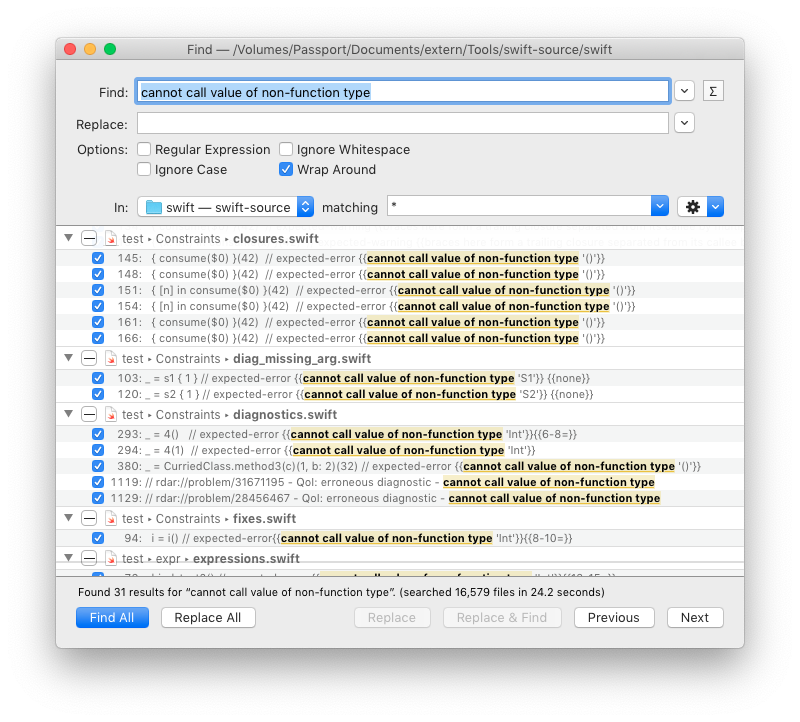
Java is a registered trademark of Oracle and/or its affiliates. For details, see the Google Developers Site Policies. RequirementsĮxcept as otherwise noted, the content of this page is licensed under the Creative Commons Attribution 4.0 License, and code samples are licensed under the Apache 2.0 License. Developers must have sourceĬode for their Android app, which they either own or are licensed to use. Objective-C to Swift conversion cheat sheet Here is the Rosetta Stone for Objective-C to Swift Paul Hudson November 25th 2019 twostraws If you're moving from Objective-C to Swift, or perhaps from Swift to Objective-C, it can be useful to have a quick start guide showing equivalent code samples in both languages. J2ObjC cannot convert Android binary applications. UIs using Android's API, web app UIs using J2CL, etc.). (Application-specific integrated circuit) and specially ADC/DAC converters sigma-delta, discrete time filters and PWM encoded filters. Objective C/C++, XCode, CocoaTouch, Coredata. We believe that iOS UI code needs toīe written in Objective-C, Objective-C++ or Swift using Apple's iOS SDK (Android Developing iOS app for iPhone and iPad using objective C,C/C++ and JavaScript and SWIFT. J2ObjC does not provide any sort of platform-independent UI toolkit, nor are Translation and execution is also supported. J2ObjC supports most Java language and runtime features required byĬlient-side application developers, including exceptions, inner andĪnonymous classes, generic types, threads and reflection. Shared by web apps (using J2CL), Android apps, The goal is to write an app's non-UIĬode (such as application logic and data models) in Java, which is then

This toolĮnables Java source to be part of an iOS application's build, as no editing Java source code to Objective-C for the iOS (iPhone/iPad) platform. J2ObjC is an open-source command-line tool from Google that translates


 0 kommentar(er)
0 kommentar(er)
